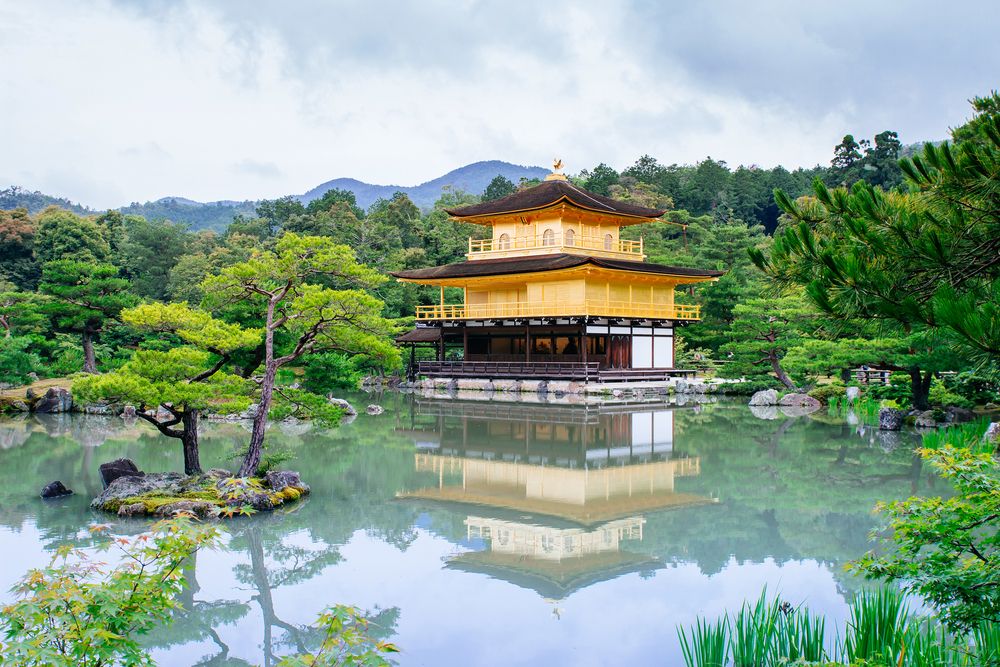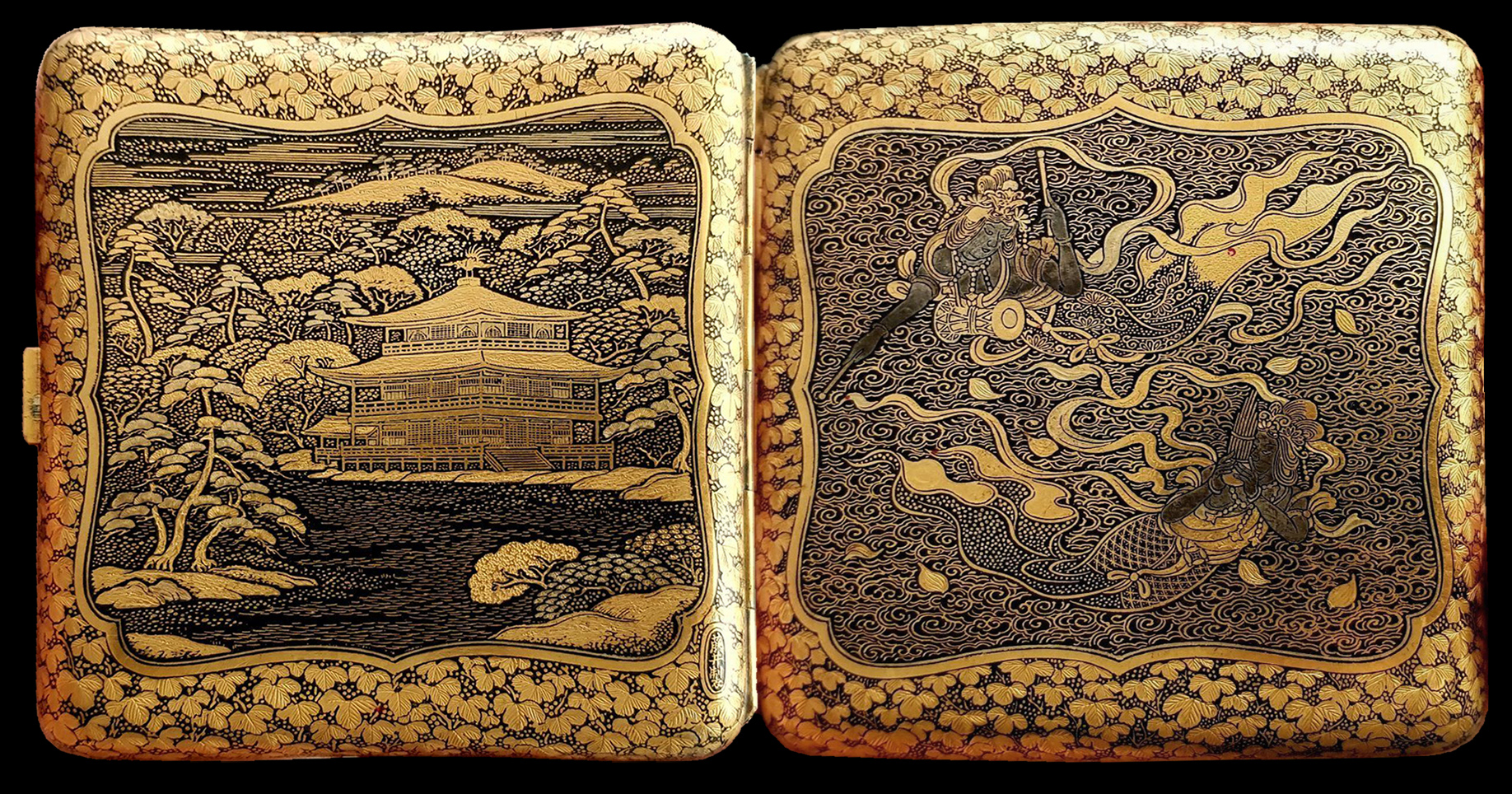



Top: a vintage postcard depicting the Kinkaku-ji Temple on the "mirror lake". Bottom: a cigarette case by Fujii Yoshitoyo, with the Kinkaku-ji Temple scene.




Top: a vintage postcard depicting the Kinkaku-ji Temple on the "mirror lake". Bottom: a cigarette case by Fujii Yoshitoyo, with the Kinkaku-ji Temple scene.
© Copyright Georgiy Shoulga. All Rights Reserved.